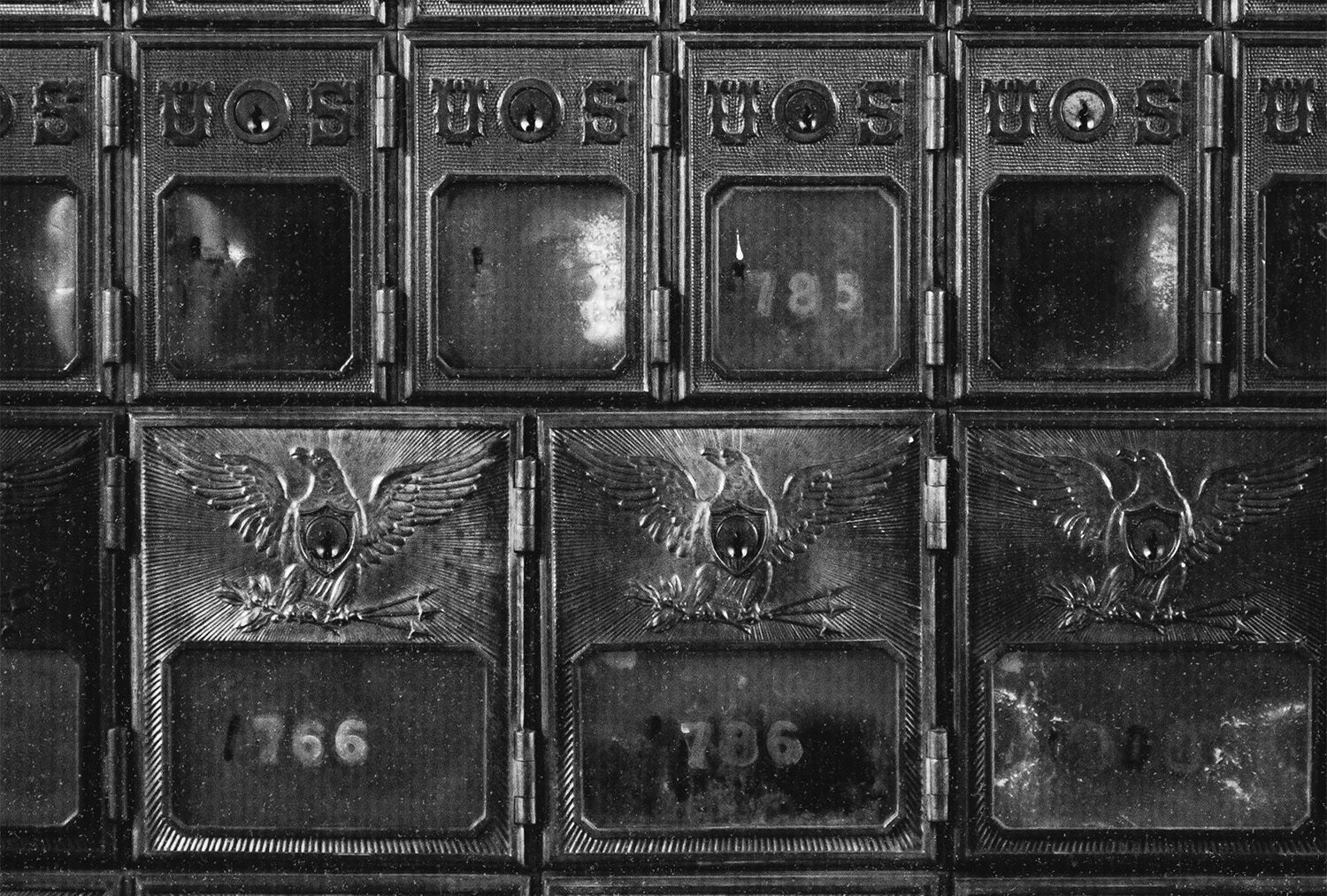
Another day, another push to give many millions to multimillionaires. The Jacksonville Jaguars are pushing hard for the city to renovate their stadium. Not far away, St. Petersburg, Florida is shoveling money at the Tampa Bay Rays. As economists never tire of pointing out, however, government funding for stadiums throws bad money after good. Instead of going after what C. Montgomery Burns called “the American dream: a billionaire using public funds to build a private playground for the rich and powerful,” cities would put the money to better use filling potholes, improving schools, or just cutting taxes.
The “economic impact studies” on which stadium subsidies are based have another name: lies. In a recent volume honoring the economist Robert A. Baade, who from a relatively obscure academic position at Lake Forest College helped create modern sports economics and especially the well-developed literature on the effects of stadiums and mega-events, a group of distinguished economists have contributed a series of essays in his honor. The Economic Impact of Sports Facilities, Franchises, and Events is expensive, but it should be required reading before anyone talks about paying for a stadium.
Baade is responsible for the tongue-in-cheek “Baade Rule”: Any time you see an “economic impact” estimate, move the decimal point one space to the left.
Stadium subsidies are classic exercises in the broken window fallacy. Anyone who has ever had small children can think of a lot of things they have had to replace because one of the kids broke something. It’s a mistake to infer from the spending you have to do that the economy is “stimulated” as a result. After all, you could have spent that money on something else, while also having the services of the window one of the kids broke.
Building a stadium with government money is a lot like paying to fix a broken window. The resources have to come from somewhere, and that “somewhere” is going to be taxpayers’ pockets. Furthermore, it is easy to see all the hustle and bustle happening around the new stadium without appreciating the fact that the hustle and bustle is probably coming from somewhere else in the metro area. The money I spend near Progressive Stadium when I go there to watch Stallions or Legion games is money I’m not spending in my neighborhood of Avondale. As city spending goes, stadiums mostly redistribute economic activity within a metro area, much more than they increase it.
As the essays in the volume show, what cities pay for stadiums outstrips any measurable positive spillover effects. They redistribute and waste, but they do not create. It is not a new insight: Heywood Sanders’s Convention Center Follies, which goes into detail about the logic as it applies to municipal civic centers, is a decade old. We have yet to learn the lesson.
Stadium boosters frequently come to the table armed with “economic impact studies” that, the contributors to the volume argue, are best thought of as “advocacy studies” and promotional materials more than serious analysis. They rely on unrealistic and implausible multiplier effects and other assumptions that do not withstand serious scrutiny. They are, however, attractively produced and presented by attractive and persuasive professional people, and they rely on a credulous public who gets wowed by phrases like “multiplier effect” and quantitative sophistry. Rarely, if ever, are there well-done follow-up studies. For economists, the professional rewards are usually scarce and the social penalties are severe.
One of the scholars doing the Lord’s work on this issue, however, is Kennesaw State University economist JC Bradbury, referred to as “Professor Nutjob” by one online critic and regularly savaged on social media for having the courage to speak out and say what just about every economist knows: Publicly financed stadiums are boondoggles that, if anything, imperil cities’ financial positions.
The book suggests a new direction for the ethics of sports journalism. It noted that one “news” story about the economic impact of a new stadium in Nashville was basically identical to the press release. It refers to the economic impact of stadiums as a perfect example of Zombie Economics: “bad ideas that just will not die.” Despite, for example, evidence that the tax revenue effect for Arlington of attracting the Cowboys were trivial, we still keep getting deals like the abominable Buffalo Bills stadium deal and the even more abominable Tennessee Titans stadium deal: “…when economists suggested it was hard to imagine a worse stadium deal than the one in Buffalo, Nashville said ‘Hold my beer,’ and proposed a $2.1 billion stadium with $1.26 billion in public money which was later approved.”
If your only metric for success is “be a big league city,” then of course a lavish stadium deal that attracts or retains a big league team will be a success. But that raises a lot of important questions. Are there substantial local benefits to being a big-league city that won’t be reflected in ticket prices and TV deals?
So beware the special interest group bearing the economic impact study. It’s poorly done and based on a lot of questionable assumptions, and it’s being waved by someone looking to pick your pocket and expecting you to thank him for the honor.




